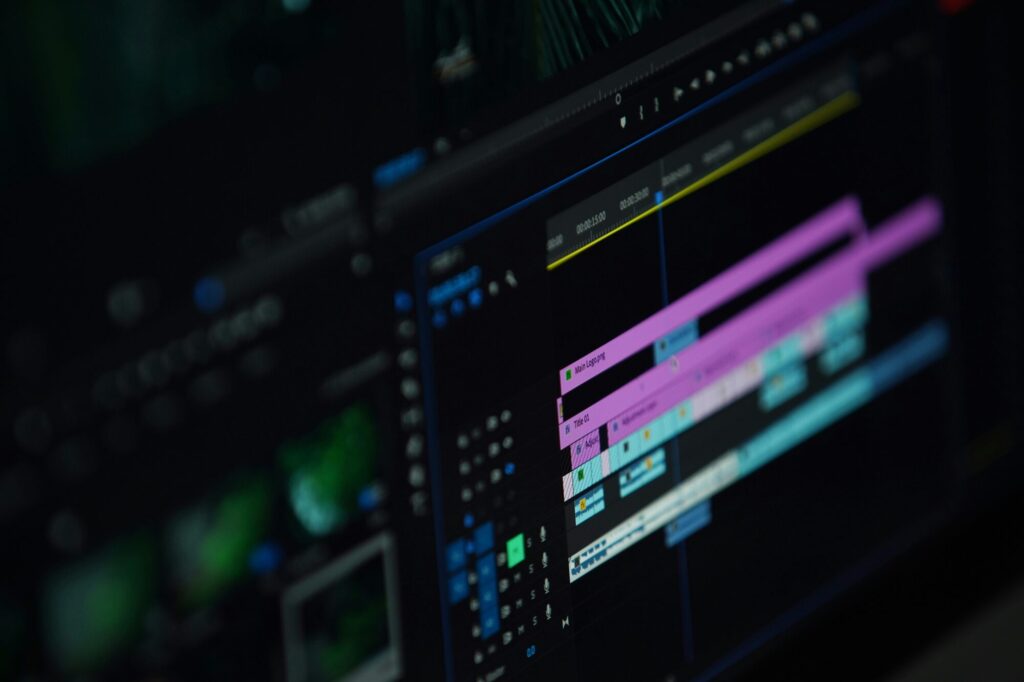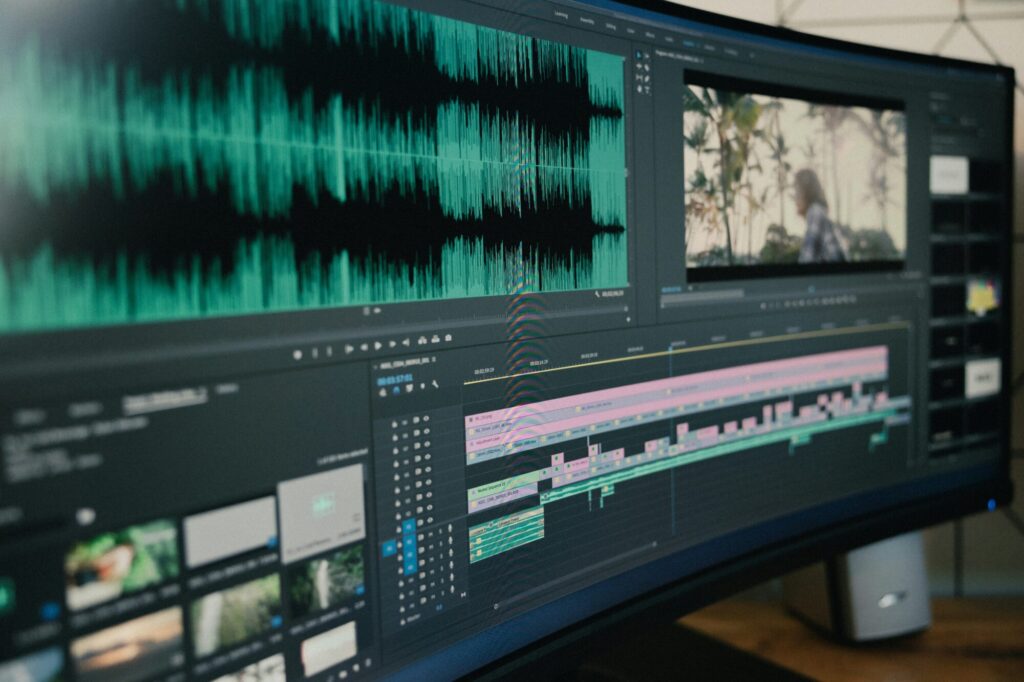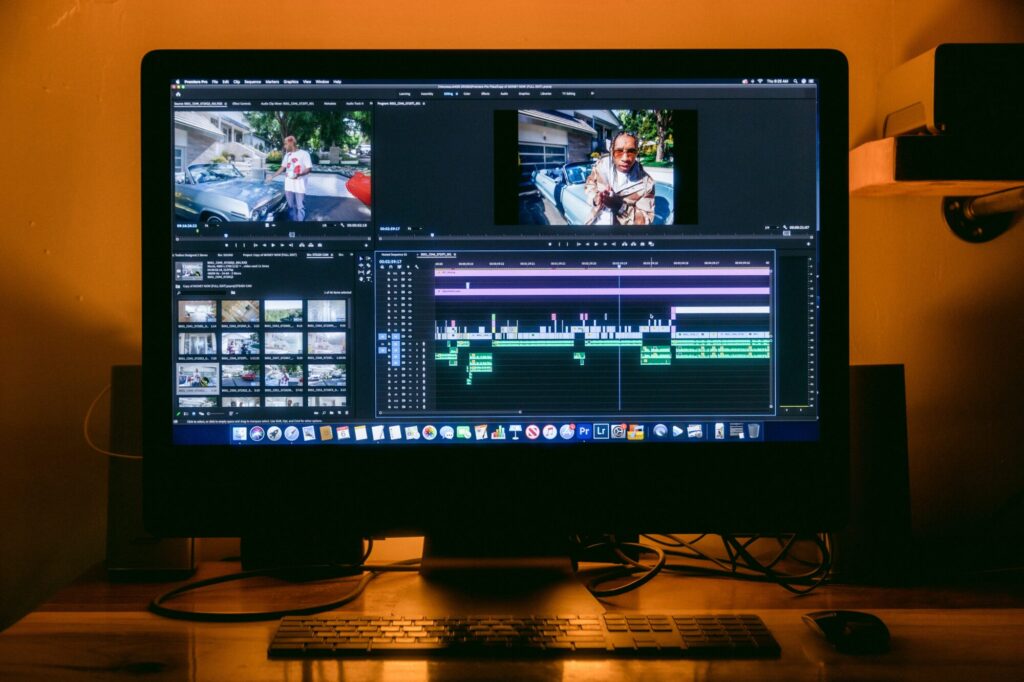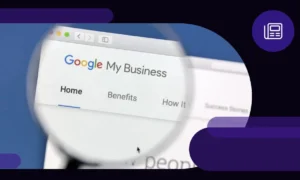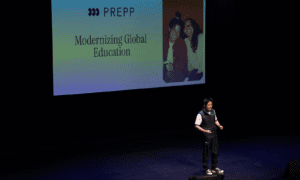Simone Smith, one of Canada’s most acclaimed film and television editors, recently shared her insights on the cutting-edge technology transforming film editing in 2025. Known for her award-winning work on films such as Firecrackers (2018) and I Like Movies (2022), Smith has carved a distinguished career marked by artistic storytelling and technical precision. As the post-production landscape evolves rapidly, her perspective offers invaluable guidance to fellow professionals navigating the future of editing.
A Career Rooted in Storytelling and Innovation
Simone Smith’s journey began at Vancouver Film School, where she graduated from the Film Production program. Initially cutting her teeth in commercial post-production, she refined her craft through the Canadian Film Centre’s prestigious Editor’s Lab in 2014. Her diverse body of work spans critically acclaimed films like Never Steady, Never Still, Goalie, and The Queen of My Dreams, alongside popular TV series such as SurrealEstate (SYFY), Strays (CBC), The Lake (Amazon), and Netflix’s Bet.
Accolades include multiple Canadian Screen Awards for Achievement in Editing, underscoring her storytelling prowess and mastery of editing craft. Currently, Smith is at the helm of editing Chandler Levack’s new feature Mile End Kicks, demonstrating her ongoing influence in Canadian cinema.
The Game-Changer: Avid’s ScriptSync
One standout tool in Smith’s editing arsenal is Avid’s ScriptSync. She describes it as a “total game changer” that seamlessly integrates into her workflow.
“Before ScriptSync,” Smith explains, “reviewing every version of a line meant either building separate timelines or scrubbing through countless clips — both incredibly time-consuming.” ScriptSync drastically simplifies this by syncing the script with every take, allowing editors to instantly access multiple line versions.
When asked whether ScriptSync fills a special niche in the industry, Smith confirms its unique value. Traditionally, script supervisors provide a “lined script,” detailing dialogue coverage within shots. ScriptSync digitizes this process, embedding the script’s annotated data directly into the editing software. This eliminates constant reference to external notes, markedly boosting efficiency for editors.
Leveraging Complementary Tech Tools
Beyond ScriptSync, Smith embraces other innovative tools to enhance productivity and creativity:
- Stream Deck: A customizable control pad programmed with shortcuts for frequent Avid commands. “It’s been a fantastic time saver,” Smith notes, allowing for smoother navigation during intensive editing sessions.
- Boris Continuum Plug-in: Smith appreciates this for creating temporary visual effects. As modern editing demands more polished preliminary cuts, tools like Boris allow editors to approximate final looks closely — even if these effects are later refined or replaced.
Organization Remains Rooted in Tradition
Despite her enthusiasm for digital upgrades, Smith maintains a decidedly analog approach to organization. “I keep things very low-tech with pen and paper,” she admits. Handwritten notes, task lists, and observations during dailies remain central.
This traditional method complements her use of Avid’s marker tool, as she quickly flags key moments during repeated viewings or director feedback sessions. The blend of tactile note-taking and digital marking creates a robust system for managing the complexity of editing tasks.
Managing Massive File Transfers
Large file handling is another critical component of post-production logistics. For sending terabytes of footage, Smith relies on FileMail, praising its stability and “resume transfer” feature that prevents starting over after connection interruptions. This reliability is essential in an era where assets are increasingly large and collaborative workflows demand seamless data exchange.
The Ultimate Editor’s Wish List for 2025
Looking ahead, Smith identifies the dream tech for editors as a high-quality OLED monitor.
These displays offer superior image fidelity with true black levels — crucial for accurate color grading and visual storytelling. However, their high cost remains a barrier for many professionals.
An Often Overlooked Creative Role
While technology is a key part of her job as a film and TV editor, Smith addresses a common misconception: that editors are mere technicians.
“Editors are deeply involved in the creative process,” she stresses. Far from simply executing director commands, editors shape narrative flow, pacing, and emotional impact, contributing critical ideas and solutions that define the final product.
In fact, Smith’s reflections highlight a significant shift in film editing driven by smart integration of innovative technology alongside timeless craft fundamentals. As editing becomes faster, more efficient, and creatively empowered, professionals stand to benefit from tools like ScriptSync, Stream Deck, and advanced plug-ins — all while preserving the artistry that makes editing an essential storytelling medium.
Her insights underscore that even in a rapidly digitizing industry, the editor’s voice remains vital, ensuring that every frame resonates with purpose and precision.
For industry professionals, Simone Smith’s experience offers both inspiration and practical advice as film editing advances into the next chapter in 2025 and beyond.
Visit Simone Smith’s website: www.simonesmitheditor.com.


